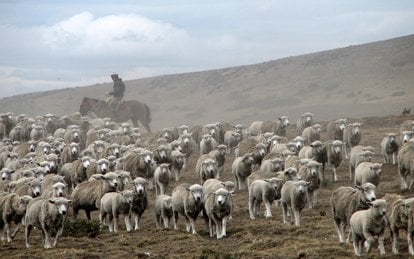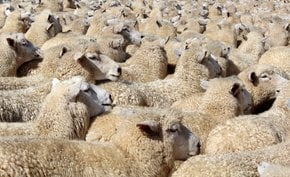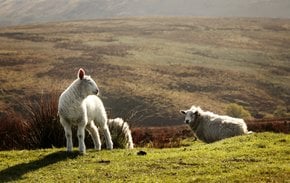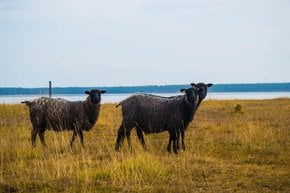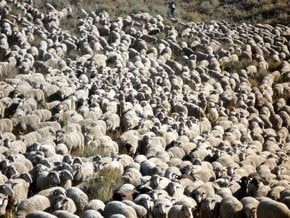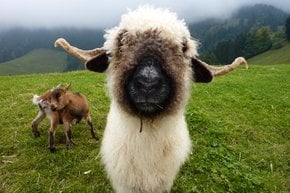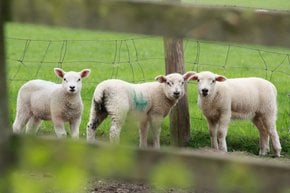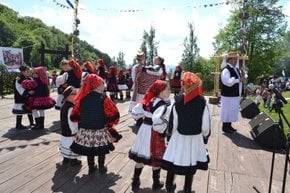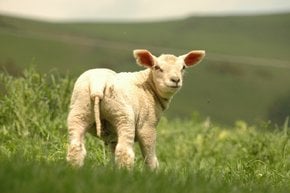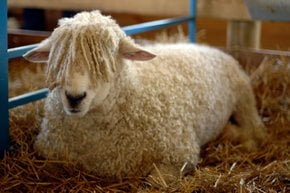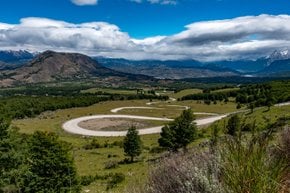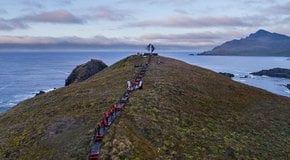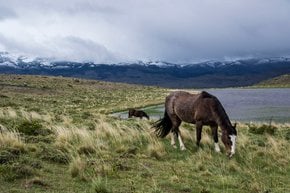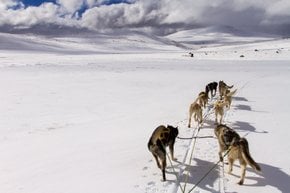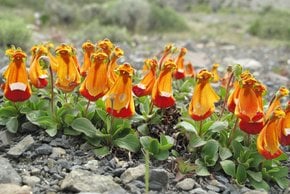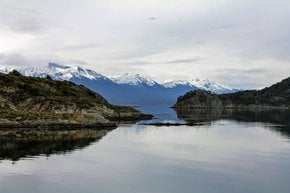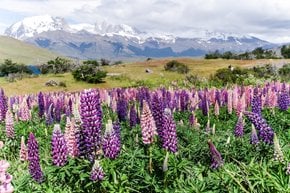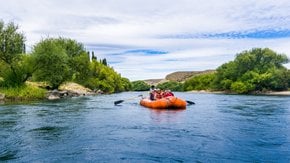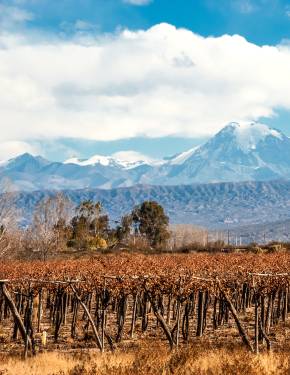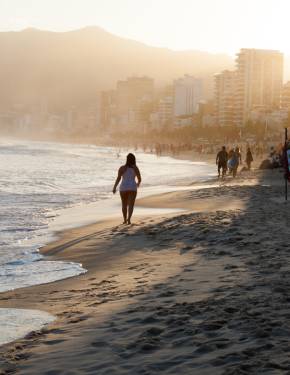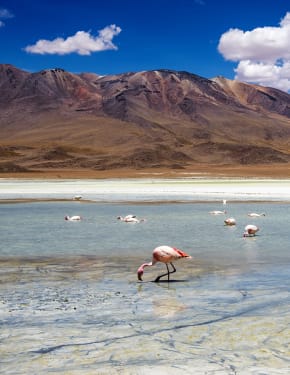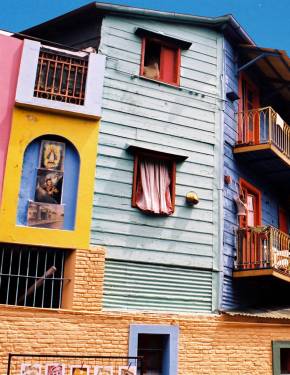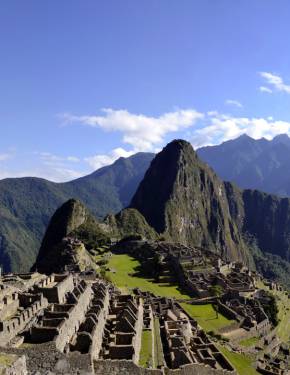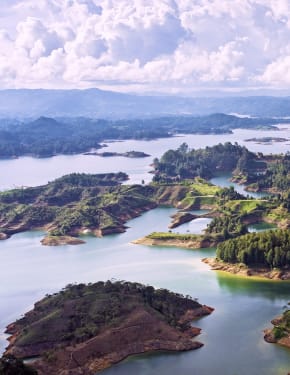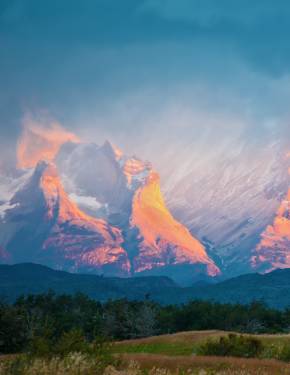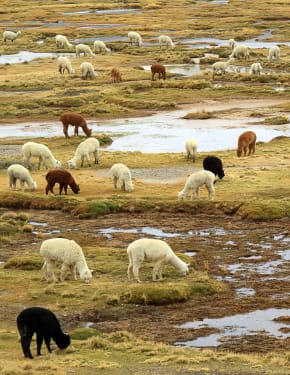Grazing Sheep in Patagonia 2025-2026
Remember the proverb: "Eagles fly alone, but sheep flock together?" Imagine what chaos could 60,000 sheep cause
Best time: September–May
Though New Zealand boasts the largest number of sheep residents found on Earth, Patagonian grasslands have recently become home to the world's greatest sheep pastureland and host the largest grazing herds. The record number of 60,000 sheep is astonishing.
It's an amusing spectacle to watch when a few herding dogs set the sheep crowd in motion. Just a few front animals rush here and there, and all the rest blindly hop to catch up with those flocking in front of them. However, the sudden sight of a dog may make a part of herd to abruptly change their direction, which results into some chaotic flow. Meanwhile, funny sheep noises can be heard above the green Patagonian valleys and hills.
This unusual spectacle can be observed throughout grazing season that continues from September well into late May.

